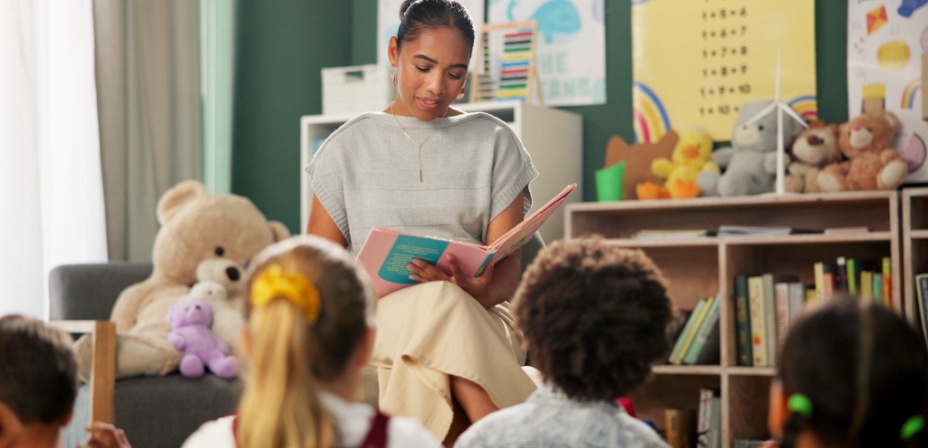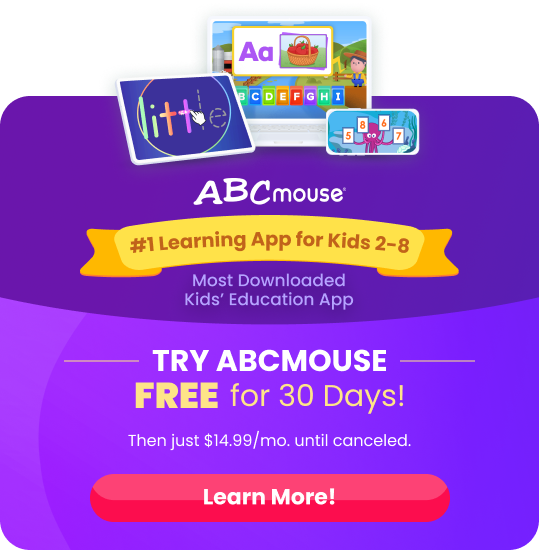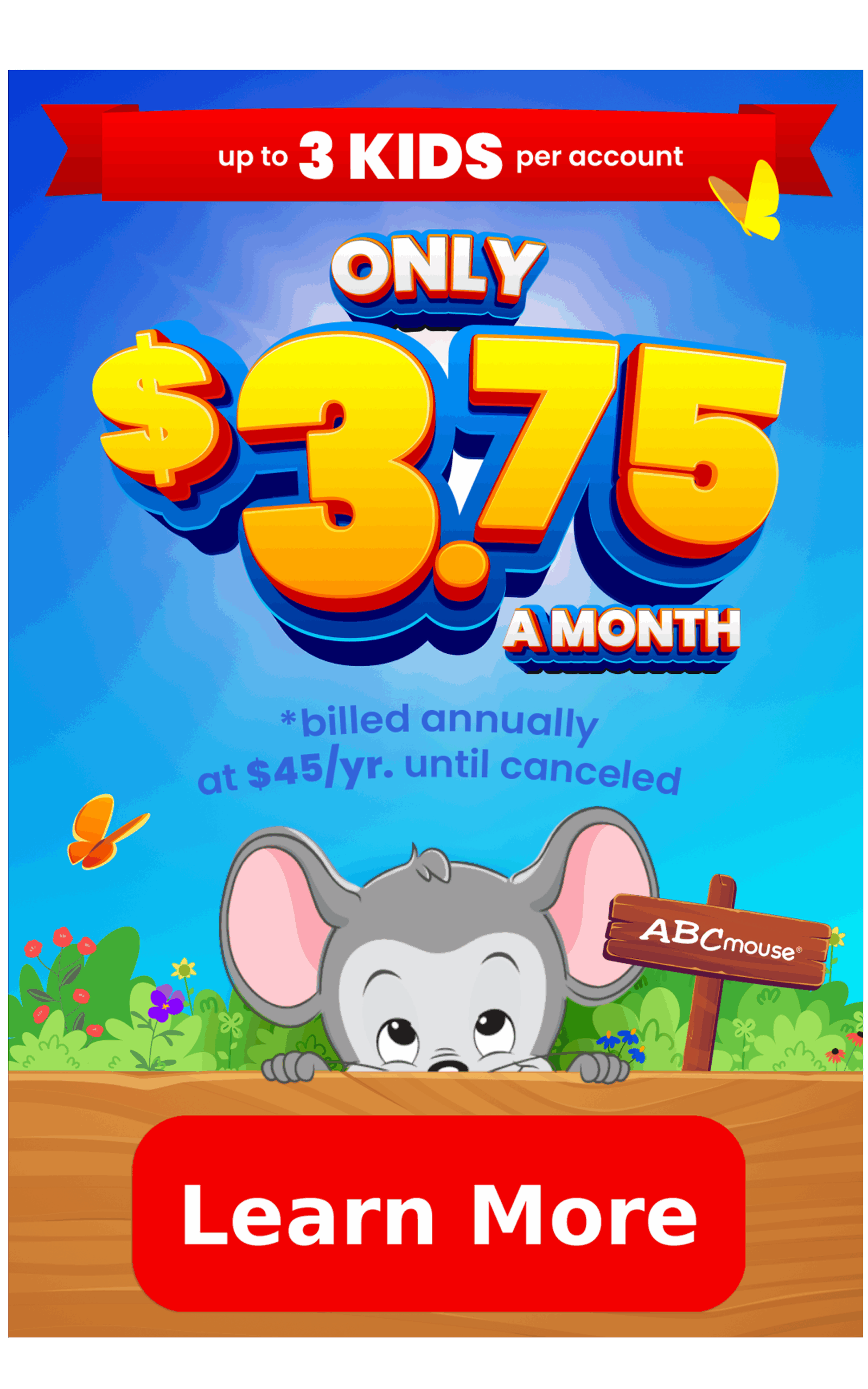
The Power of Shared Reading
Learn how shared reading can boost your child’s literacy skills at home in just four simple steps.
Children learn to read in a variety of ways and interactive approaches can be especially helpful. Shared reading is a highly effective interactive approach to reading where students and a teacher read a text collaboratively. Here’s how and why it works, plus tips and ideas for trying it with your child.
What Is Shared Reading?
In a shared reading session, a teacher reads a text together with students, guiding the process while actively engaging them throughout. Teachers will use tools such as oversized books, document cameras, or eBooks on a projector so students can see the words and/or pages at all times.

The teacher begins the read aloud, modeling fluent behavior like pacing and expression. They stop and demonstrate concepts like decoding a word, using context to determine meaning, or to ask students a comprehension question. Students are also asked to read aloud, often in unison (choral reading). The entire experience is collaborative, with teachers and students both active participants in the reading and discussion.
While shared reading often takes place in group settings such as classrooms, it can also be a one-on-one activity, used by reading tutors or parents as they help their child develop literacy skills.
The shared reading strategy was pioneered in the 1970s by Don Holdaway, a New Zealand educator and researcher. He was looking for a way to recreate the personal dialogue of a home reading experience in a classroom setting.
How to Use Shared Reading with Your Child
If you’re ready to turn story time into shared reading time, try these helpful strategies and tips.
1. Choose the Right Text
The best texts for shared reading fall into what’s known as the Zone of Proximal Development (ZPD). This term describes the gap between what kids can do on their own and what they’re capable of doing with some guidance. The best shared reading books are a little more challenging than your child’s current reading level, offering you the chance to guide them as they tackle unfamiliar words or concepts. Some publishers offer books specifically for shared reading. Your child’s teacher may be able to make recommendations of good texts too.

Tip: ABCmouse includes an expansive digital library featuring hundreds of books at every reading level. While children can listen to and follow along with many of the books, they can also enjoy books with an adult and pause them as needed to allow for questions and discussions.
2. Examine the Book Together
Before you begin, look over the book together to note the title, author, illustrator, subject, and other print awareness features. (Find out more about print awareness here.) Ask your child to predict what will happen in the text based on things like the title or illustrations. If it’s a nonfiction text, ask what they already know about the topic and hope to learn.
3. Read the Text Together

In a group setting, teachers often do most of the reading, asking students to join in by reading in unison. In smaller groups, they may give individual readers a chance to read aloud as well.
When you’re working at home with your child, shared reading can become a cooperative process, since you’re in a more personal setting. Take turns reading aloud with your child, modeling fluency and helping them with challenging passages. You can also read together in unison, or you can read a sentence or passage and have your child repeat it.
Here’s what it looks like when each participant reads aloud:
Parent Reads Aloud
- Begin reading aloud to your child, pointing to words along the way.
- Demonstrate the use of decoding to sound out difficult words and context clues to understand new vocabulary terms.
- Model fluent reading by using good pacing, natural pauses and emphasis, and emotion. Strive for a conversational pace and tone.
Child Reads Aloud
- Let your child take over the reading, pointing to the words themselves. Remember to allow them time to decode new words before jumping in to help with pronunciation.
- If they ask what a word means, urge them to use context clues to figure it out.
- Help them improve their pacing; it can be helpful to go back and re-read more difficult passages once they’ve decoded all the words.
- If they’re still struggling, model the reading and have them repeat it.
4. Discuss the Text Throughout Shared Reading

During and after reading the text, ask reading comprehension questions and have a discussion about what you’ve read. Use a graphic organizer to create a story map. Ask your child to retell all or parts of the story in their own words. Talk about the character’s traits, actions, and choices. Take time to consider what you might have done if you were one of the characters in the story. Answer any questions or concerns your child has about what you’ve read.
Shared Reading FAQ:
What is the Theory of Shared Reading?
The concept of shared reading is rooted in the idea that children learn best in social groups, guided by more experienced people (usually adults). It’s a type of educational scaffolding, where teachers provide a great deal of support in the beginning of a learning process, then slowly decrease that support over time until the student can complete the activity on their own. Shared reading is sometimes called dialogic reading, reflecting the dialogue between teacher and learners throughout the process.
Is shared reading backed by research?
Shared reading supports many aspects of the science of reading, the most commonly used method of literacy instruction. The effectiveness of shared reading is backed by a large volume of research, revealing benefits like these:
Vocabulary: A study published in the Early Childhood Research Quarterly in 2000 showed that shared reading significantly increased vocabulary in preschool children who were developmentally slower than their peers.
Print Awareness: In 2002, a study found that shared reading with a print focus increased print awareness skills like print recognition and alphabet knowledge.
Reading Comprehension: By reading texts aloud, teachers guide students through comprehension questions and strategies. Studies like this one from 2013 indicate an increase in reading comprehension skills from shared reading.
Love of Reading: Shared reading can help build confidence and encourage a life-long love of reading in general, according to a 1995 study.
Can shared reading help struggling readers?
Yes, shared reading can help struggling readers. In fact, it’s one of the most effective methods for helping a child improve their skills. Research shows shared reading supports fluency, comprehension, print awareness, and vocabulary development. This method also builds confidence by scaffolding the learning process, helping kids build their skills in a safe and supportive setting. Find more ways to help struggling readers here.
Do students real aloud during shared reading?
This depends on the circumstances. In a group shared reading setting, teachers usually do the majority of the reading, asking students to join in choral reading or repeat a sentence or word. They may also ask individual students to read a sentence or two.
In one-on-one settings, children can take over more of the reading. However, the parent should read aloud as well as the child to model the desired behaviors. A parent and child can take turns, playing more equal roles as they read the text.
Are there any disadvantages to shared reading?
In a large group setting, shared reading does have several drawbacks. Since all students are unlikely to be at the exact same reading level, any text chosen will necessarily be a little too easy for some and a little too hard for others. Struggling readers may be hesitant about reading aloud in front of their peers, while proficient readers may feel bored. Teachers may not be able to give individual students the structured support they need during shared reading. Shared reading also has the potential to create student readers who are too reliant on help and guidance, rather than gaining individual skills.
That being said, nearly all of these disadvantages are eliminated when parents participate in shared reading sessions one-on-one with their child. The biggest potential drawback is the possibility that parents will over-support their new reader, helping them over rough spots without giving them a chance to use their own skills first. Remember that shared reading requires patience on the part of the parent or teacher to be most effective.

Additional Resources
ABCmouse offers resources for parents and activities to help children keep learning. Here are a few examples.
Preparing Your Preschooler for Reading
Tips and strategies to help get your preschooler ready to start reading.
Browse ➜
How to Teach Phonics to Kindergartners
Tips and activities to help make learning phonics fun for your kindergartener.
Browse ➜
Free Printable Vowel Worksheets
Check out our collection of vowel worksheets for preschoolers and up.
Browse ➜
ABCmouse’s expert advice review process:
Our team of ABCmouse Curriculum Experts, made up of talented professionals in early childhood education and development, take a close look at educational content and learning claims. They put in the effort to make sure our information is accurate and current. We have a certified educator or another respected authority review the content, matching their expertise with the topic at hand. They’ll make sure the content is thorough and follows the latest research and educational guidelines. If they think we can make things even better, they’ll chat with our editorial team, and we’ll make those improvements right away. Only after a reviewer gives their thumbs-up does a piece of content get the official stamp of approval in the byline.
Legal Disclaimer: Any information, materials, or links to third-party resources are provided for informational purposes only. We are not affiliated with and do not sponsor/endorse these third parties and bear no responsibility for the accuracy of content on any external site.



